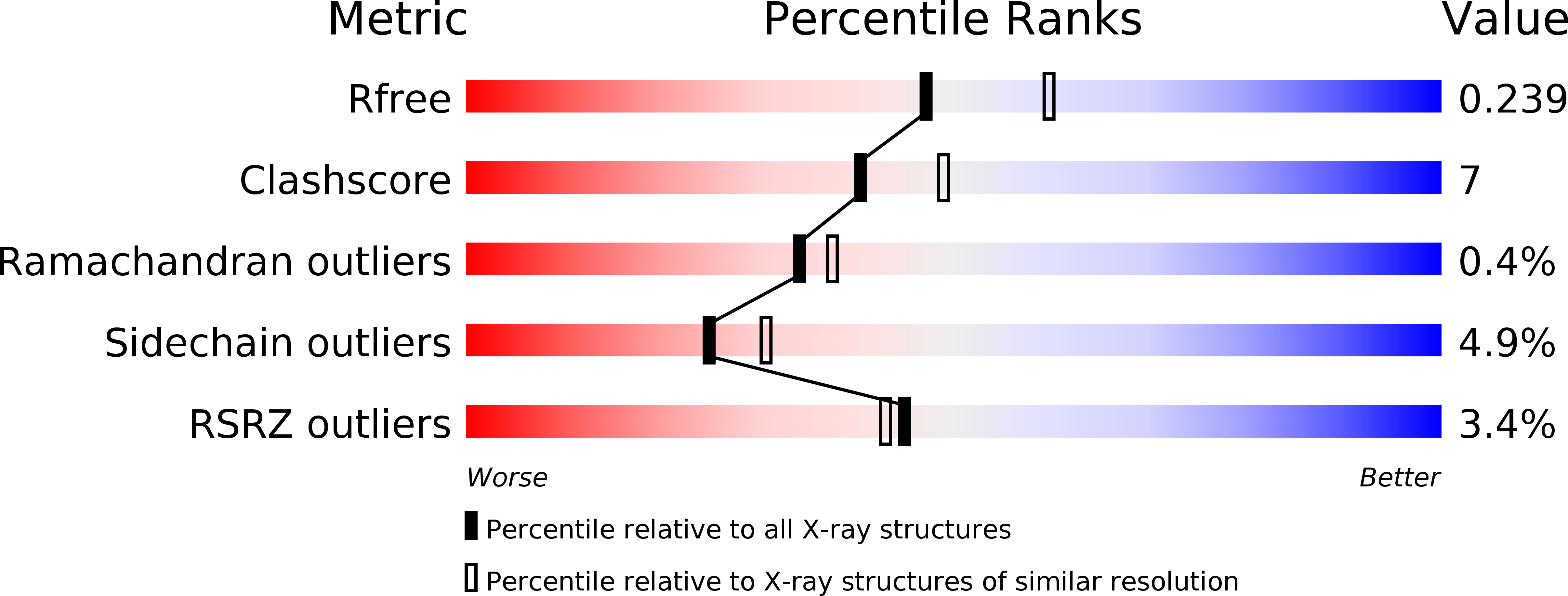
Deposition Date
2013-08-13
Release Date
2013-11-27
Last Version Date
2023-09-20
Entry Detail
PDB ID:
4M8O
Keywords:
Title:
TERNARY COMPLEX OF DNA POLYMERASE EPSILON WITH AN INCOMING dATP
Biological Source:
Source Organism:
Saccharomyces cerevisiae (Taxon ID: 559292)
Host Organism:
Method Details:
Experimental Method:
Resolution:
2.20 Å
R-Value Free:
0.23
R-Value Work:
0.18
R-Value Observed:
0.18
Space Group:
C 1 2 1


